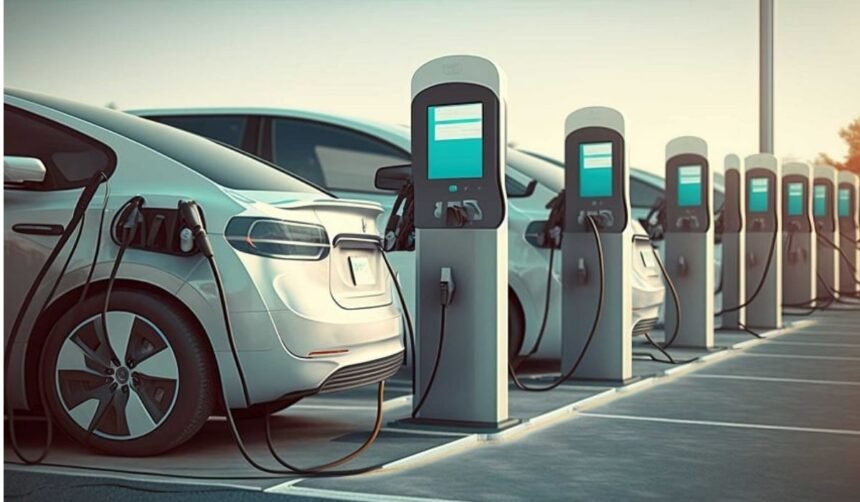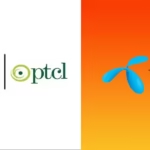Global sales of New Energy Vehicles (NEVs) reached 17 million units in 2024, marking a 25 percent annual growth. Forecasts suggest this figure will cross 20 million units in 2025.
China dominates with over 1 million sales each month, while Europe saw 52 percent of new registrations in H1 2025. Norway leads globally, where 78 percent of new cars this year.
By contrast, the NEV penetration in Pakistan remains below one percent of the market, despite official targets of 30 percent adoption by year 2030.
Pakistan currently has fewer than 1,000 operational EV charging points, with most concentrated in major cities such as Islamabad, Lahore, and Karachi.
According to government estimates, Pakistan imports over 70,000 fuel-based cars annually, which adds to the country’s rising oil import bill that crossed $17 billion in FY2024.
Read More: Borrowing Can’t Revive Economy, Says Gohar Ejaz
NEV sales in Pakistan remain limited to high-end imports such as MG ZS EV and Audi e-tron, while locally assembled EV options are scarce.
The Pakistan Automotive Manufacturers Association (PAMA) reports that fewer than 5,000 EV units were registered nationwide in 2024.
Industry experts caution that unless policy incentives are paired with cheaper financing, local assembly, and reliable grid power, Pakistan’s EV penetration may remain at 2–3% by 2030, far below the official 30% target.
Global vs Pakistan NEV Snapshot
| Metric (2024–25) | Global | Pakistan |
|---|---|---|
| Annual NEV Sales (2024) | 17m | ~8,000 est. |
| Projected Sales (2025) | 20m+ | <12,000 |
| Share of new cars (2025 H1) | 52% (Europe) | <1% |
| Target (by 2030) | — | 30% |
| EV Charging Points (2025) | >5m (China) | <1,000 |





